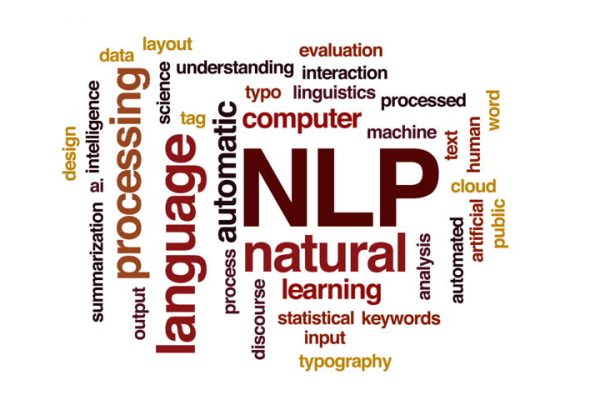Scanning your Conda environment for security vulnerabilities
You don’t want to deploy an application that has security vulnerabilities. That means your own code, but also third-party dependencies: it doesn’t matter how secure your code is if it’s exposing a TLS socket with a version of OpenSSL that has a remote code execution vulnerability. For pip-based Python applications, you’d usually run vulnerability scanners on Python dependencies like Django, and on system packages like OpenSSL. With Conda, however, the situation is a little different: Conda combines both types of […]
Read more